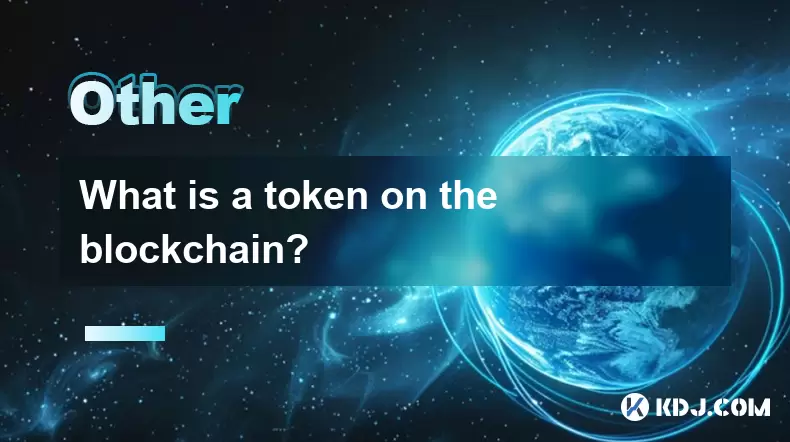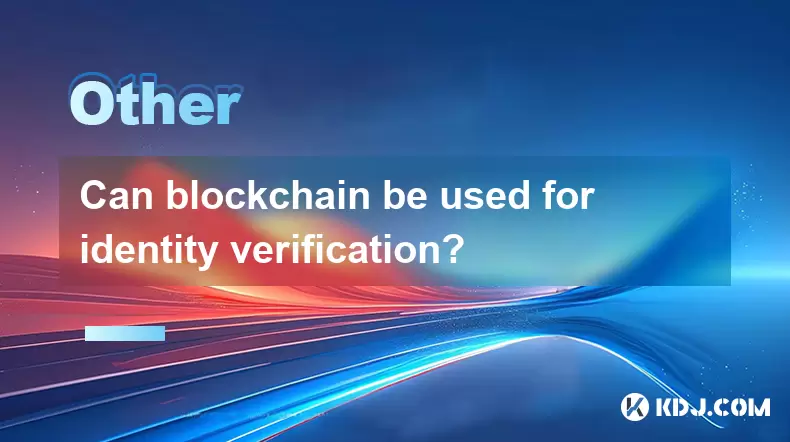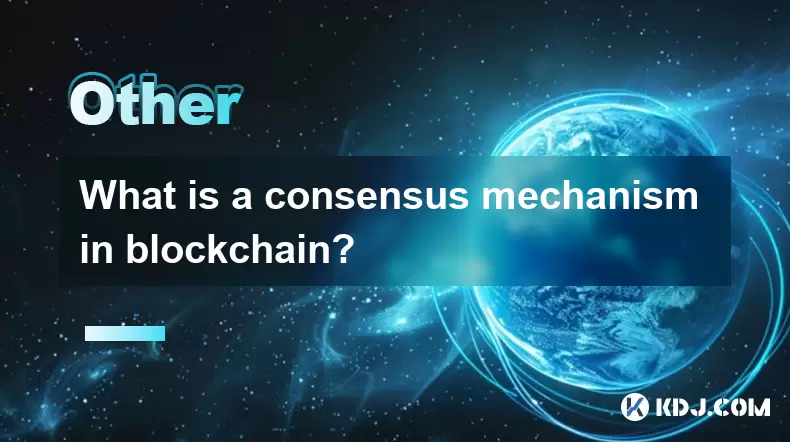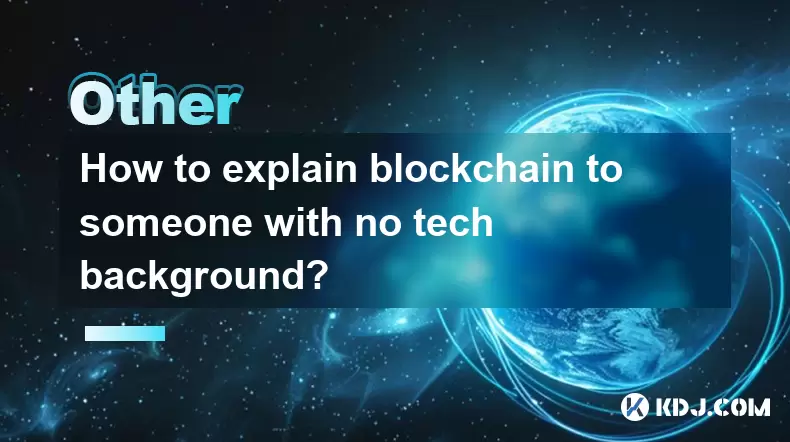-
 Bitcoin
Bitcoin $115900
-2.34% -
 Ethereum
Ethereum $3690
1.00% -
 XRP
XRP $3.109
-1.80% -
 Tether USDt
Tether USDt $1.000
-0.04% -
 BNB
BNB $771.5
0.22% -
 Solana
Solana $180.1
-3.43% -
 USDC
USDC $0.9998
0.00% -
 Dogecoin
Dogecoin $0.2293
-3.53% -
 TRON
TRON $0.3141
0.87% -
 Cardano
Cardano $0.8016
-1.19% -
 Hyperliquid
Hyperliquid $43.00
-0.08% -
 Stellar
Stellar $0.4211
-2.15% -
 Sui
Sui $3.737
0.11% -
 Chainlink
Chainlink $18.06
0.04% -
 Bitcoin Cash
Bitcoin Cash $546.9
4.97% -
 Hedera
Hedera $0.2440
0.46% -
 Avalanche
Avalanche $23.60
-0.84% -
 Litecoin
Litecoin $114.7
1.44% -
 UNUS SED LEO
UNUS SED LEO $8.975
-0.26% -
 Shiba Inu
Shiba Inu $0.00001364
-0.20% -
 Toncoin
Toncoin $3.137
-0.88% -
 Ethena USDe
Ethena USDe $1.001
-0.04% -
 Uniswap
Uniswap $10.31
1.32% -
 Polkadot
Polkadot $4.013
0.02% -
 Monero
Monero $324.6
1.07% -
 Dai
Dai $1.000
-0.01% -
 Bitget Token
Bitget Token $4.515
-1.21% -
 Pepe
Pepe $0.00001225
-2.78% -
 Aave
Aave $292.1
1.36% -
 Cronos
Cronos $0.1296
2.24%
區塊鏈的塊如何鏈接?
區塊鏈中的區塊通過哈希指針按時間順序連接,從而通過時間戳機制來保留交易的順序,從而確保不變性和防篡改完整性。
2025/02/17 07:48

關鍵點
- 了解區塊鏈中的區塊
- 哈希和默克爾樹
- 塊鏈接機制
- 工作證明和驗證證明
- 區塊鏈演化和縮放解決方案
區塊鏈的塊如何鏈接?
區塊鏈技術是一種分散和分佈式分類帳系統,允許對交易的安全和透明記錄。區塊鏈的核心原理之一是其作為一系列鏈接的結構,這些區塊連接在一起,形成了時間順序和防篡改的記錄。
1。了解區塊鏈中的區塊
區塊鏈中的一個塊充當存儲一組交易的容器。每個塊由幾個關鍵組成部分組成:
- 塊標頭:包含基本信息,例如塊的版本編號,時間戳和上一個塊的哈希。
- 交易列表:已驗證並包含在塊中的交易集合。
- Merkle root: Merkle樹的哈希,這是一個數據結構,可有效驗證塊中交易的完整性。
- NONCE:該塊的工作證明(POW)計算中使用的隨機值。
2。哈希和默克爾樹
哈希功能用於為每個塊及其內容創建唯一的標識符。哈希功能採用任何大小的輸入,並生成固定長度的輸出。
Merkle樹是用於有效驗證塊內交易的完整性的分層數據結構。每個交易都有哈希,並將結果的哈希組合在一起形成默克爾根。 Merkle根包括在塊的標題中,可以有效地驗證交易,而無需單獨檢查每個事務。
3。塊鏈接機制
使用塊標頭中的上一個塊的哈希,將塊按時間順序鏈接在一起。這種鏈接機制可確保區塊鏈的完整性和防篡改性質:
- 哈希指針:前一個塊的哈希充當指針,將當前塊連接到前面的塊。如果嘗試修改塊或其交易,則該塊的哈希將會改變,將鏈接打破到後續塊的鏈接。
- 時間戳:塊標頭中的時間戳提供了進一步的不變性。它可以防止塊的重新排序或回溯,因為每個塊的時間戳在時間順序鏈中確定了其位置。
4。工作證明和二手證明
工作證明(POW)是一種共識機制,用於驗證區塊鏈中的新區塊。礦工競爭解決複雜的數學難題,第一個找到解決方案的礦工獲得了添加下一個塊並獲得獎勵的權利。
利用證明(POS)是一種替代共識機制,其計算密集程度不如POW。在POS中,根據其持有的加密貨幣量隨機選擇驗證器。然後,驗證者將硬幣作為抵押品列為驗證,並驗證新塊,從而獲得了獎勵。
5。區塊鏈演化和縮放解決方案
區塊鏈技術正在不斷發展,新的開發項目旨在提高可擴展性,安全性和效率:
- 1層縮放:諸如增加區塊大小和實現碎片之類的技術用於增強區塊鏈的吞吐量。
- 第2層縮放:諸如支付渠道和Sidechains之類的解決方案在主要區塊鏈的頂部運行,從而提供了額外的交易能力。
- 離鏈可伸縮性:將某些計算和交易從主要區塊鏈移到專用網絡或數據庫中可以增強交易速度。
常見問題解答
問:是否可以從區塊鏈中編輯或刪除塊?
答:不,由於塊將塊鏈接在一起並通過密碼鏈接的方式,幾乎不可能在不更改整個鏈條的情況下從區塊鏈中編輯或刪除塊。
問:默克爾樹在區塊鏈中扮演什麼角色?
答:Merkle樹允許有效驗證一個塊內交易的完整性。通過哈希交易並創建層次結構,它使驗證者能夠快速驗證交易的包含和真實性,而無需單獨檢查每個交易。
問:如何在區塊鏈上確定區塊的順序?
答:基於其塊標頭的時間戳以時間順序添加區塊鏈。這樣可以確保交易的完整性和順序,以防止對事件的篡改或重新排序。
問:工作證明和證明共識機制有什麼區別?
答:工作證明涉及礦工競爭解決複雜的難題以驗證新障礙並獲得獎勵。另一方面,驗證證明依靠驗證者將其加密貨幣驗證以驗證塊並獲得獎勵。 POS通常比POW更節能。
問:2層縮放解決方案如何有助於區塊鏈可擴展性?
答:2層解決方案在主區塊鏈的頂部運行,處理額外的交易量而不更改基礎區塊鏈協議。通過將某些計算和交易離鏈移動,它們可以使更高的交易速度在保持區塊鏈的安全性和完整性的同時。
免責聲明:info@kdj.com
所提供的資訊並非交易建議。 kDJ.com對任何基於本文提供的資訊進行的投資不承擔任何責任。加密貨幣波動性較大,建議您充分研究後謹慎投資!
如果您認為本網站使用的內容侵犯了您的版權,請立即聯絡我們(info@kdj.com),我們將及時刪除。
- Solana,Altcoins和Coinbase:什麼是嗡嗡聲?
- 2025-07-26 06:30:12
- 2025年的XRP:公牛跑還是胸圍?
- 2025-07-26 07:30:12
- HBAR,ROBINOHAND和ALTCOINS:Crypto最新舉動的紐約分鐘
- 2025-07-26 07:10:11
- 比特幣,Altcoins和Meme Coins:駕駛加密貨幣的野外西部
- 2025-07-26 07:50:11
- SEI上的USDC:零橋未來的燃料Defi信心
- 2025-07-26 07:15:11
- 以太坊,百事可樂預售和市場食慾:什麼是嗡嗡聲?
- 2025-07-26 06:50:12
相關知識

區塊鏈上的令牌是什麼?
2025-07-21 07:00:37
了解令牌的概念在區塊鏈技術領域中,令牌是區塊鍊網絡上存在的資產或實用程序的數字表示。與加密貨幣(例如Bitcoin或以太坊(以太坊)原產於其自己的區塊鏈,代幣是在現有的區塊鏈平台之上創建的。這些令牌可以代表各種形式的價值,包括但不限於貨幣,資產,權利或獲得服務。這些令牌的創建和管理通常受定義其規則和...

可以將區塊鏈用於身份驗證嗎?
2025-07-18 14:14:50
了解數字時代的身份驗證在現代數字景觀中,身份驗證已成為確保安全和信任在線互動的關鍵組成部分。傳統方法通常依靠集中系統,這些系統可能容易受到數據洩露和身份盜用的影響。區塊鏈技術的出現引入了一個分散的替代方案,該替代方案可以徹底改變身份的管理和認證。區塊鏈不變的分類帳系統允許創建防篡改記錄,使其成為身份...

區塊鏈中的共識機制是什麼?
2025-07-21 03:01:19
了解共識機制的基礎知識共識機制是任何區塊鍊網絡的關鍵組成部分。它指的是節點(參與網絡的計算機)對交易的有效性和分類帳的當前狀態一致的過程。如果沒有中央權威監督操作,區塊鏈技術就依靠這些機制來確保分散參與者之間的信任和安全。在傳統金融系統中,中央銀行或金融機構驗證交易。但是,在像區塊鏈這樣的分散系統中...

如何向沒有技術背景的人解釋區塊鏈?
2025-07-18 23:08:13
了解區塊鏈的基礎知識為了向沒有技術背景的人解釋區塊鏈,必須從簡單的類比開始,避免使用技術術語。將區塊鏈視為記錄交易的共享數字筆記本。本筆記本不歸任何一個人或組織所有。取而代之的是,它可供參與網絡中的每個人使用,任何人都可以檢查其中所寫的內容。每次發生事務時,它都會添加到一個塊中,一旦該塊已滿,它將連...

誰發明了區塊鏈技術?
2025-07-23 01:28:21
區塊鏈技術的起源區塊鏈技術並未來自單個發明家或機構。取而代之的是,它通過數十年來的一系列學術論文和加密進步而發展。在“區塊鏈”一詞廣泛認可之前,研究人員探索了基礎區塊鏈(例如分佈式分類帳,加密哈希和點對點網絡)的核心概念。這項技術最早的基礎之一是在1980年代和1990年代通過密碼學和計算機科學的工...

區塊鏈如何影響數據隱私?
2025-07-21 14:21:55
了解區塊鏈在數據隱私中的作用區塊鏈技術最初是作為Bitcoin等加密貨幣的基礎架構開發的,已演變為一個有力的工具,用於保護和管理數據。它的分散性質從根本上改變了數據的存儲,共享和訪問方式,這對數據隱私產生了重大影響。與傳統的集中式系統不同,單個實體控制數據,區塊鏈在節點網絡上分配它,從而使未經授權的...

區塊鏈上的令牌是什麼?
2025-07-21 07:00:37
了解令牌的概念在區塊鏈技術領域中,令牌是區塊鍊網絡上存在的資產或實用程序的數字表示。與加密貨幣(例如Bitcoin或以太坊(以太坊)原產於其自己的區塊鏈,代幣是在現有的區塊鏈平台之上創建的。這些令牌可以代表各種形式的價值,包括但不限於貨幣,資產,權利或獲得服務。這些令牌的創建和管理通常受定義其規則和...

可以將區塊鏈用於身份驗證嗎?
2025-07-18 14:14:50
了解數字時代的身份驗證在現代數字景觀中,身份驗證已成為確保安全和信任在線互動的關鍵組成部分。傳統方法通常依靠集中系統,這些系統可能容易受到數據洩露和身份盜用的影響。區塊鏈技術的出現引入了一個分散的替代方案,該替代方案可以徹底改變身份的管理和認證。區塊鏈不變的分類帳系統允許創建防篡改記錄,使其成為身份...

區塊鏈中的共識機制是什麼?
2025-07-21 03:01:19
了解共識機制的基礎知識共識機制是任何區塊鍊網絡的關鍵組成部分。它指的是節點(參與網絡的計算機)對交易的有效性和分類帳的當前狀態一致的過程。如果沒有中央權威監督操作,區塊鏈技術就依靠這些機制來確保分散參與者之間的信任和安全。在傳統金融系統中,中央銀行或金融機構驗證交易。但是,在像區塊鏈這樣的分散系統中...

如何向沒有技術背景的人解釋區塊鏈?
2025-07-18 23:08:13
了解區塊鏈的基礎知識為了向沒有技術背景的人解釋區塊鏈,必須從簡單的類比開始,避免使用技術術語。將區塊鏈視為記錄交易的共享數字筆記本。本筆記本不歸任何一個人或組織所有。取而代之的是,它可供參與網絡中的每個人使用,任何人都可以檢查其中所寫的內容。每次發生事務時,它都會添加到一個塊中,一旦該塊已滿,它將連...

誰發明了區塊鏈技術?
2025-07-23 01:28:21
區塊鏈技術的起源區塊鏈技術並未來自單個發明家或機構。取而代之的是,它通過數十年來的一系列學術論文和加密進步而發展。在“區塊鏈”一詞廣泛認可之前,研究人員探索了基礎區塊鏈(例如分佈式分類帳,加密哈希和點對點網絡)的核心概念。這項技術最早的基礎之一是在1980年代和1990年代通過密碼學和計算機科學的工...

區塊鏈如何影響數據隱私?
2025-07-21 14:21:55
了解區塊鏈在數據隱私中的作用區塊鏈技術最初是作為Bitcoin等加密貨幣的基礎架構開發的,已演變為一個有力的工具,用於保護和管理數據。它的分散性質從根本上改變了數據的存儲,共享和訪問方式,這對數據隱私產生了重大影響。與傳統的集中式系統不同,單個實體控制數據,區塊鏈在節點網絡上分配它,從而使未經授權的...
看所有文章

























































































